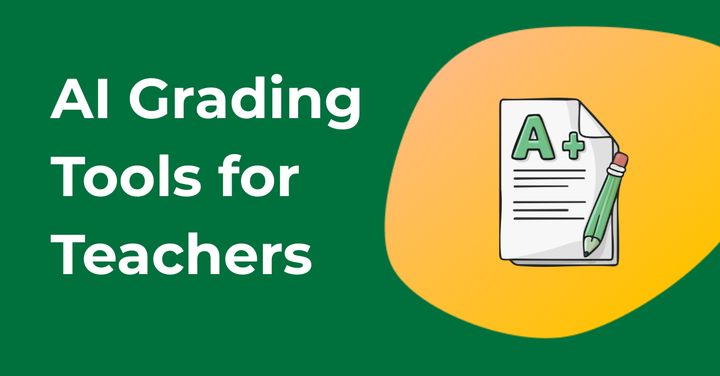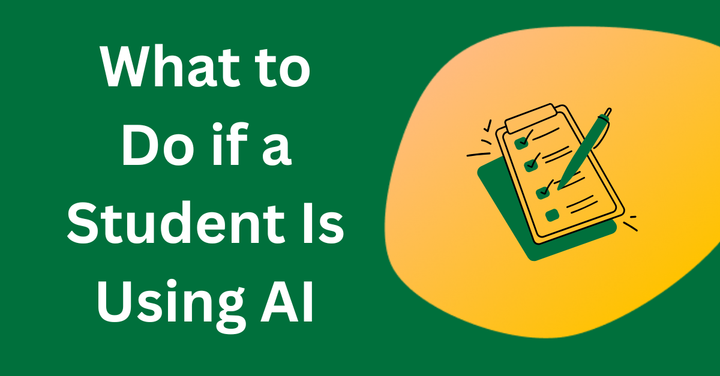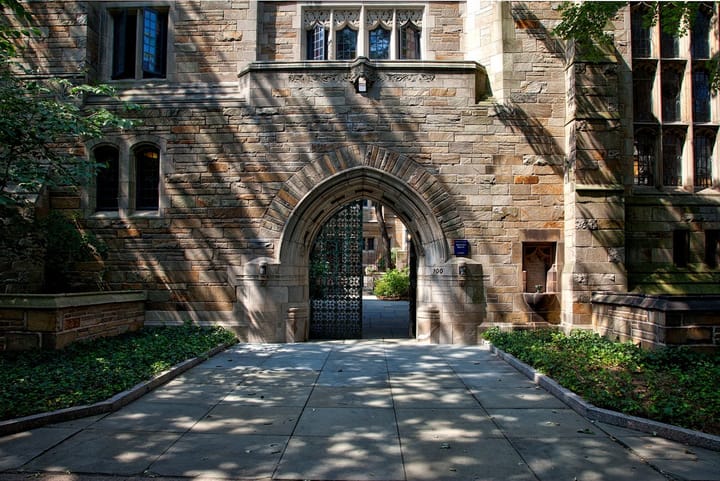5 Best AI Grading Tools for Teachers
Grading assignments is one of the most time-consuming parts of teaching, but it doesn't have to be anymore. I have handpicked the 5 best AI grading tools that handle multiple (or all) aspects of grading. Select the best tool and make grading manageable.











